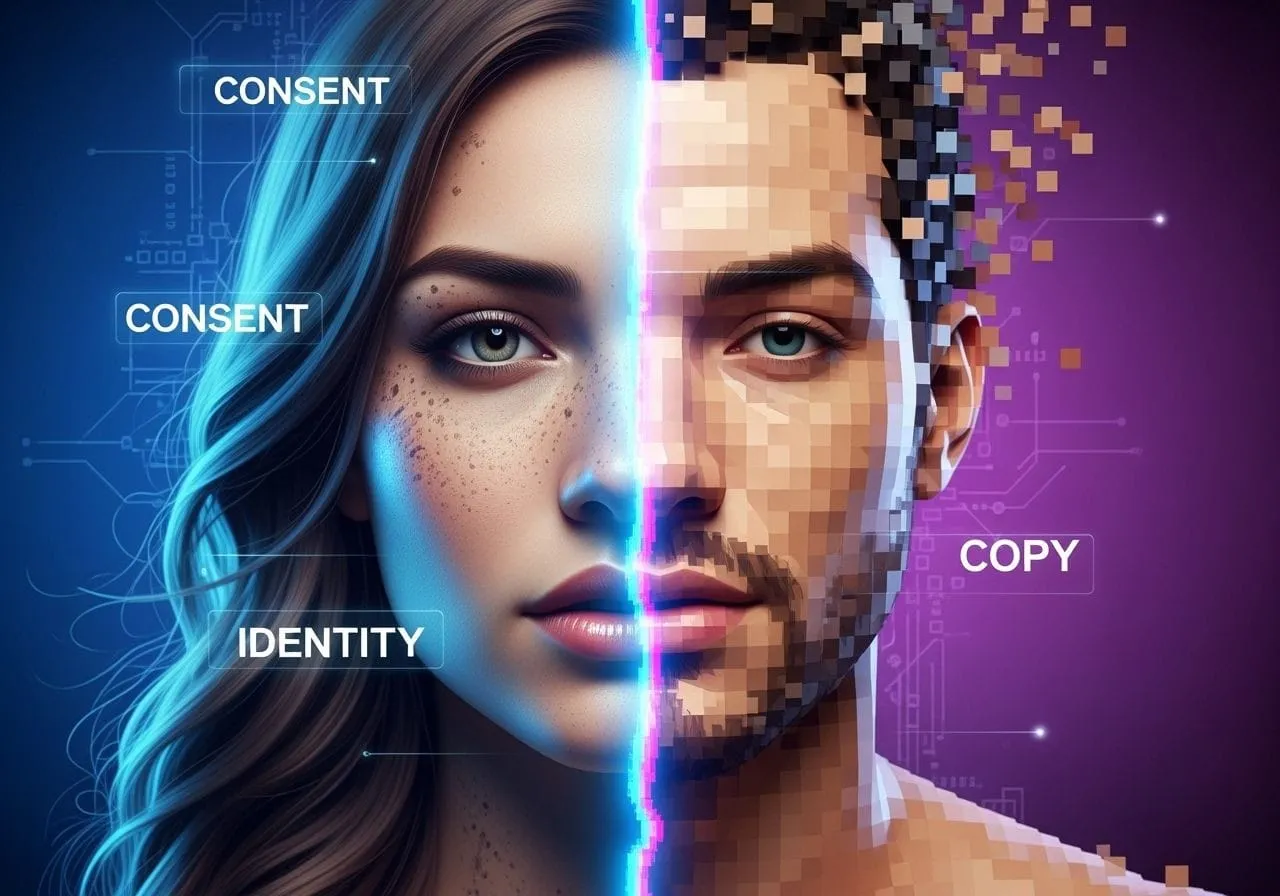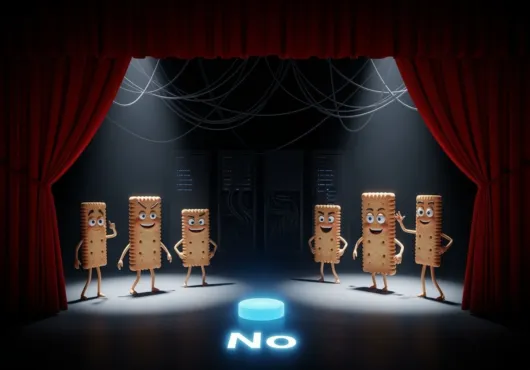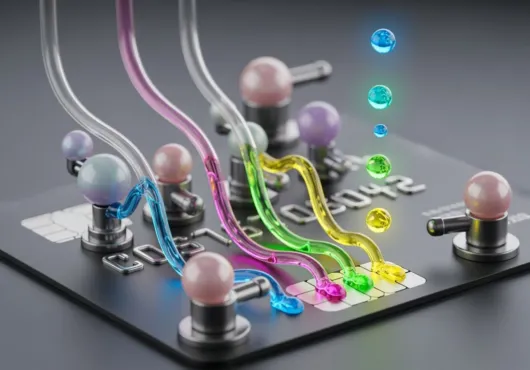Let’s get one thing straight—deepfakes didn’t sneak up on us. We saw this coming the moment filters stopped being fun and started looking like full-blown identity swaps. The tech didn’t just evolve. It sharpened. And now, we’re looking at a world where your face, voice, and body can be puppeted by anyone with enough cloud credits and no conscience.
But the real conversation here isn’t about deepfakes. It’s about consent—specifically, how fast we’re eroding it in the name of content.
Deepfakes turned identity into software. Consent isn’t a checkbox; it’s ongoing, revocable control—and today’s platforms/laws don’t honor that.
The “line” keeps moving because engagement beats ethics; “public” posts get misread as permission, and the cleanup bill lands on victims.
New default: provenance-first. Verify before you amplify; favor tools and norms that make faking harder than proving (content credentials, device signing, consent wallets/deny lists).
The Illusion of Control
You can opt out of a newsletter. You can disable cookies. You can tell an app to “ask not to track.” But you can’t stop someone from cloning your face into a political rant, a fake apology video, or worse, revenge porn.
There are laws, sure. Kind of. Some. Depending on the state, country, or whether anyone powerful was affected. But enforcement isn’t scalable. Deepfake tech moves faster than legislation, and it always will.
And here’s the kicker: the people making this stuff aren’t in some basement. They’re in open beta. They’re building “face-swap for fun” apps with ToS agreements nobody reads and pipelines that make it trivial to render your likeness in HD.
It’s Not Just Celebrities Anymore
The early conversation around deepfakes was almost entertaining. Politicians are saying things they never said. Actors doing roles they never signed on for. But now? It’s your friend. Your ex. Your kid. You.
We’ve entered the age of synthetic media as weaponized familiarity. That means the thing being faked isn’t the information—it’s the relationship. The goal is to hijack trust by mimicking the people we’d normally believe.
So, what does consent even mean now?
The Consent Mirage
Consent used to be simple. A “yes” or a “no.” A signature. A tap on a screen. But in a world where your digital self is constantly being watched, scraped, and modeled, the idea that you’re in control is a joke with no punchline.
The concept of “public domain” wasn’t built for social media. It was built for newspapers and books, and billboards. Now, your most casual moments—an Instagram Story, a YouTube vlog, a Zoom meeting—become training data. No one asked. No one told you.
This isn’t about being paranoid. It’s about reclaiming the right to exist online without being harvested.
Updated: Where Do We Go From Here?
Let’s stop pretending this is a vibes problem. It’s plumbing.
Make prove-it the default, not a bonus feature. If a clip can’t travel with cryptographic breadcrumbs (device signing, C2PA-style credentials, chain-of-custody), it ships with a warning label—socially, and eventually legally. “Looks real” is not evidence.
Build consent as an interface, not a paragraph in a TOS. People need a portable, revocable “identity wallet” that broadcasts deny lists to models and marketplaces—no training, no swaps, no resale of my likeness without an active grant. Expired means expired. Period.
We also need friction. If it’s still cheaper to fake you than verify you, the system is working as designed—against you. So flip the incentives:
Provenance or penalty: platforms down-rank (or label) media without traceable origin; embeds carry that state.
Revocation that sticks: one click to nuke prior grants across participating tools; noncompliant vendors get named and rate-limited.
Small-hammer enforcement: fast-track takedowns + fines at the platform layer for repeat distribution of synthetic abuse, not just the uploader-of-the-week.
None of this kills creativity. It kills plausible deniability—the oxygen for abuse. The cultural shift is simple: if you want reach, bring receipts.
You don’t own your future if you don’t own your face. Start there—and make everyone else catch up.



